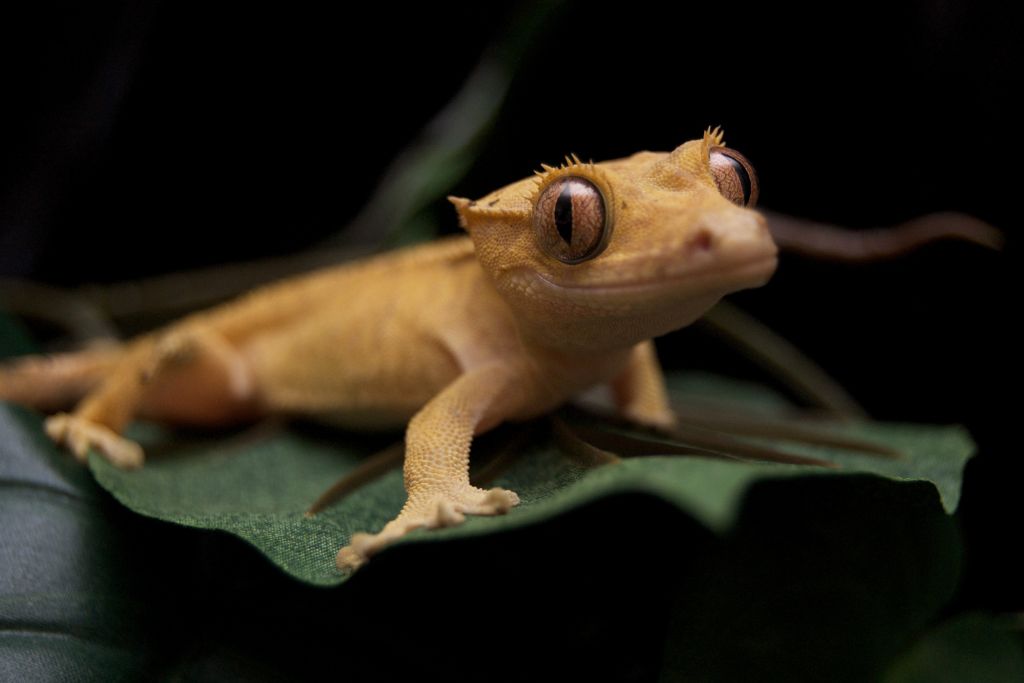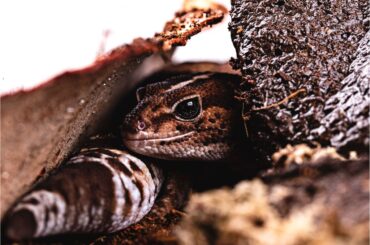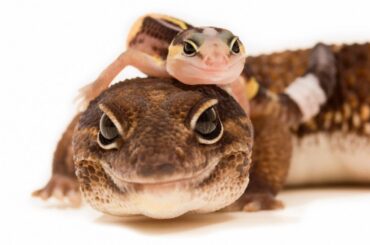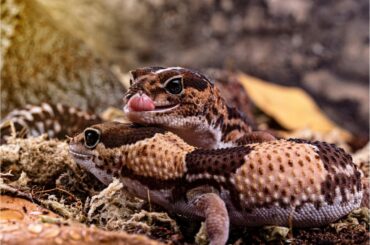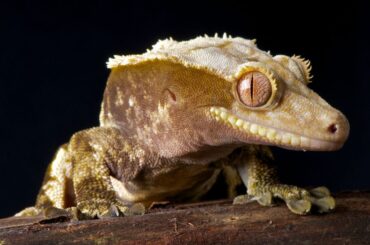Are you curious about the captivating world of crested geckos? Have you ever wondered what sets male and female crested geckos apart? This article will highlight the remarkable differences between male and female crested geckos with their secrets.
Over the years, crested geckos have become popular pets among enthusiasts and nature lovers. Their attractive appearance and gentle demeanor make them popular for adding a touch of nature to houses. Responsible pet ownership entails understanding these charming creatures’ needs and traits, not just enjoying their beauty.
One crucial aspect of caring for crested geckos is distinguishing between males and females. This differentiation is vital to the health and breeding of these fascinating critters.
General Characteristics of Crested Geckos
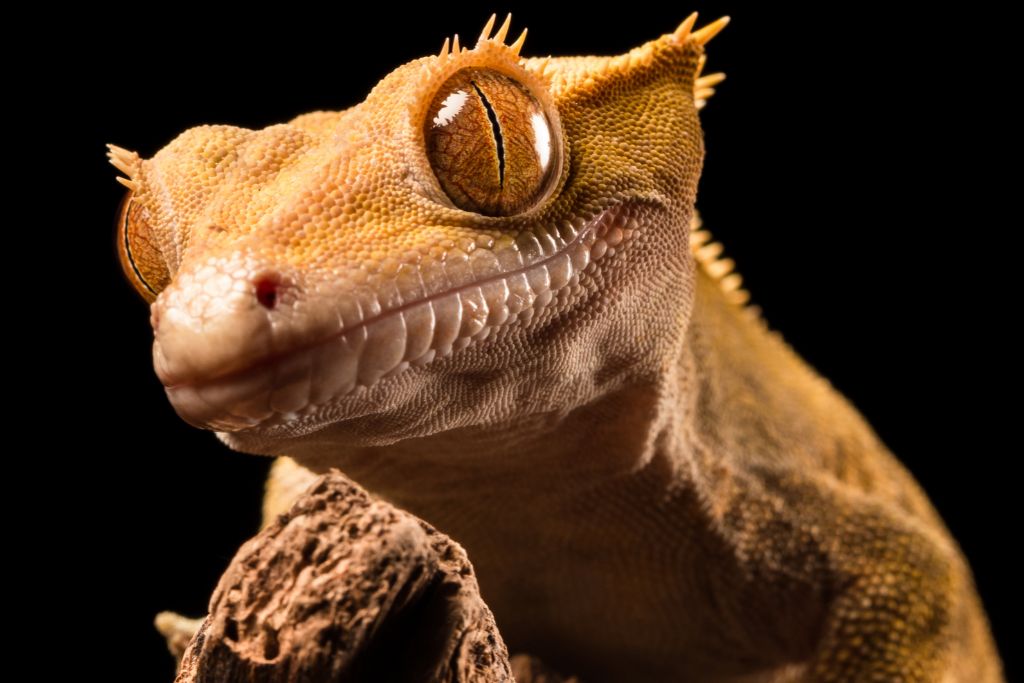
An exciting lizard, crested geckos (Correlophus ciliatus) are famous pets due to their unusual traits. These little creatures are native to New Caledonia, a group of islands in the southwestern Pacific Ocean.
Crested geckos are known for their small to medium size, usually ranging from 6 to 10 inches. Their distinguishing features are their slim body, wide eyes with vertical pupils, and “crest” from head to tail. This crest gives them their name!
In their natural habitat, crested geckos live in rainforests and lowland areas. They are superb climbers, using their specialized toe pads to grip onto branches and leaves. These geckos are nocturnal, which means they are most active at night. You might find them hiding in tree hollows or leafy shelters during the daytime.
What’s remarkable is that they can drop their tails if they feel threatened, a defense mechanism called “autotomy.” It might seem like a superpower, but it’s their way of escaping predators.
Physical Differences
Let’s check out what makes them different from the rest.
Size and Weight
When it comes to size and weight, male and female crested geckos have noticeable differences. Male geckos tend to be larger and heavier than their female counterparts. Picture a male gecko as the bigger sibling in the gecko family.
Hemipenal Bulges
Here’s something fascinating. Male crested geckos have something called “hemipenal bulges.” These bulges are like little bumps located near their tails. But wait, females don’t have them! These bulges are essential because they help us determine whether a gecko is a boy or a girl.
Pores
Male geckos have femoral pores, like tiny dots, on their legs. These pores help males leave scent marks. Female geckos have these pores, too, but they’re more challenging to see. These pores play a significant role in the gecko’s natural behaviors.
Behavioral Contrasts
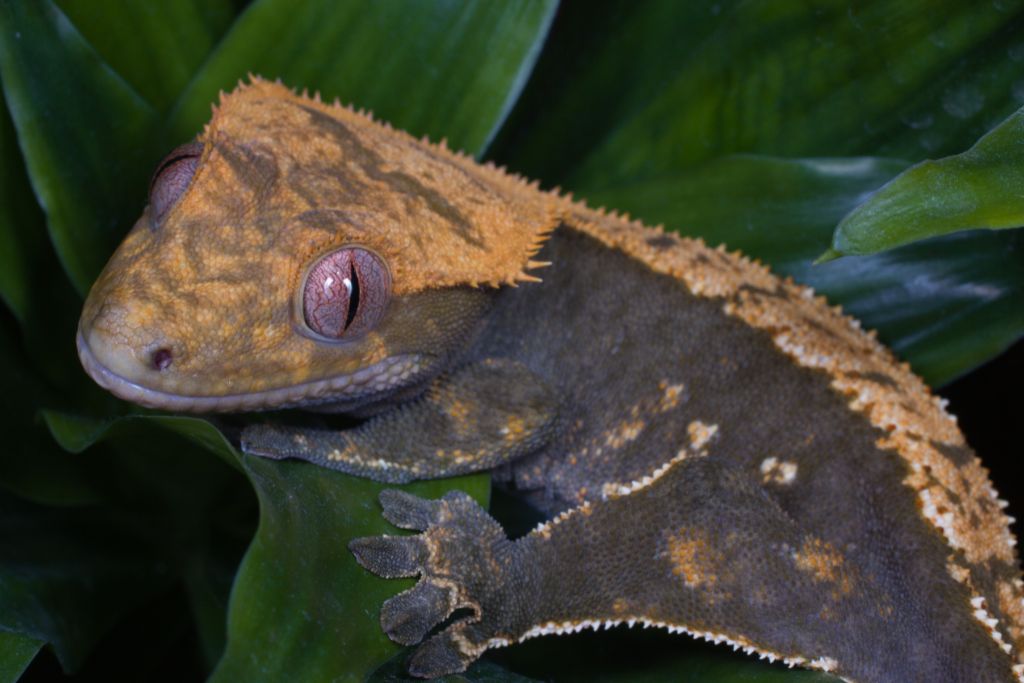
It’s essential to understand that male and female geckos often display quite distinct behaviors, especially when it comes to territorial behavior and vocalizations.
Territorial Behavior
Male geckos can sometimes become quite aggressive, especially during breeding seasons. They might get aggressive when they feel the need to protect their territory or compete for the attention of a female.
This can include chasing other males away or fighting like knights in jousting matches. On the other hand, female geckos tend to be more easygoing and less likely to pick fights. They prefer a quieter, drama-free lifestyle and generally avoid confrontations.
Vocalizations
Male geckos are the rock stars of the lizard world when it comes to vocalizations. They serenade potential mates with distinctive, often melodious sounds during their courtship rituals. Imagine a male gecko strumming a guitar, trying to woo a female with his charming tunes.
In contrast, female geckos are more like the audience at a quiet acoustic show. They don’t make as much noise and tend to be less vocal, preferring to enjoy the music rather than steal the spotlight.
Reproductive Aspects
Many species’ existence and genetic diversity depend on reproduction. Take a look at how these geckos make baby geckos.
Mating Behavior
Male crested geckos have their unique way of catching the ladies’ attention. They impress women with courtship rituals, like a dance. They may bob their heads, wave their tails, and chirp.
Females pay close attention to these displays. If a male’s performance is appealing, they may respond positively by moving closer or showing interest. It’s like a gecko conversation through body language, where the males try to woo the females with their moves.
Egg-Laying
Egg-laying has a fun twist. Female geckos find a place to lay their eggs. To protect their eggs, they meticulously excavate a hole in soil or moss.
Here’s the surprising part: Female crested geckos can lay fertile eggs even without mating! This process is called parthenogenesis.
If there are no male geckos, females can lay eggs, which may hatch into healthy geckos. It’s like magic in the gecko world, where females have a backup plan for reproduction when a suitable mate isn’t available.
How to Sex Crested Geckos
Determining the sex of a crested gecko is essential for proper care and breeding purposes. Here are various methods to identify crested gecko gender:
Visual Methods of Sexing Crested Geckos
When it comes to visually determining the sex of your crested gecko, there are some key things to look for.
- Size and Body Shape: Observe the gecko’s size and body shape. Males tend to be slightly larger and have a more robust build than females.
- Tail Characteristics: Take a close look at their tails. While females have thinner tails, males have broader bases and may have tiny bulges.
- Color and Patterns: Sometimes, you can tell by their colors and patterns. Males may have brighter and more vibrant colors, while females may display more subdued colors.
Pore Examination Technique for Sexing Crested Geckos
Reptile enthusiasts love crested geckos for their colorful and pattern-filled bodies. Discover their sex by inspecting their pores in this step-by-step procedure.
Step 1: Gathering Your Supplies
To begin, gather the necessary supplies, such as a small flashlight, a bright desk lamp, a magnifying glass, and a soft cloth. These tools will help you look closer at the gecko’s femoral pores.
Step 2: Creating a Safe Environment
Ensure the gecko feels safe and comfortable by handling it gently and in a quiet space. A calm gecko will make the examination process much more manageable.
Step 3: Positioning the Gecko
Hold the gecko gently but securely with one hand, supporting its body. Make sure the gecko is relaxed before proceeding to the next step.
Step 4: Shining a Light
Carefully shine a light source on the gecko’s hind legs with your free hand. This will illuminate the area where the femoral pores are located.
Step 5: Observing the Femoral Pores in Males
In male crested geckos, you’ll notice tiny bumps or pores on the underside of their hind legs. These pores are more prominent and noticeable than in females. You might even see a V-shaped pattern formed by these pores.
Step 6: Identifying Females
Female crested geckos lack femoral pores altogether. Their skin in the pore area remains smooth and has no bumps or pores.
Step 7: Recording Your Findings
Make sure to record your gecko’s sex based on your observations. This information will be essential for proper care and breeding considerations.
Hemipenal Bulge Inspection for Sexing Crested Geckos
Crested geckos have unique features that help determine their gender, and one of these features is the “hemipenal bulge.”
Step 1: Gently Palpate the Tail
Begin by gently holding your gecko with one hand, careful not to squeeze too tightly.
Support the gecko’s tail and turn it slightly upward with your other hand. Softly and carefully trace your fingers down the tail’s underside from base to tip.
Step 2: Detecting the Hemipenal Bulge
While running your fingers along the tail, you may notice a slight swelling or bump on one side of the tail’s underside. This swelling is the hemipenal bulge, more pronounced in male geckos. In female geckos, the tail will feel smooth and lack this noticeable bulge.

Age Considerations for Sexing Crested Geckos
Sexing juvenile crested geckos can be pretty tricky, especially for beginners. Young geckos lack the prominent physical traits of adults, making it hard to discern their gender by looking at them. Due to their underdeveloped reproductive organs, sex determination is difficult.
Be patient and let your crested gecko mature for accurate sex determination. Usually, crested geckos show more distinct gender-specific features when they’re around 8 to 12 months old.
Waiting until they’re more developed will help you recognize their gender and avoid housing or breeding blunders.
Conclusion
Recognizing the gender of crested geckos is crucial for their well-being and successful breeding. Knowing a gecko’s gender helps us care for it and keep it healthy in captivity. During egg-laying, females need a nesting site. Males may require separate enclosures to prevent territorial disputes.
Let’s appreciate the uniqueness of both male and female crested geckos. These fantastic creatures, with their differences and quirks, offer us a fascinating glimpse into the world of reptiles. It makes them genuinely captivating and worthy of our admiration.
FAQs
How to Tell if a Crested Gecko is Male or Female?
Males have noticeable hemipenal bulges at the base of their tails, while females lack these bulges.
Is It Better to Get a Male or Female Crested Gecko?
Choosing a crested gecko by gender depends on the goal. Males have more color and interesting habits but may be territorial and need a separate home. Females are more docile and may be maintained in groups, making them suitable for beginners. It’s a matter of preference and your ability to meet their needs.

